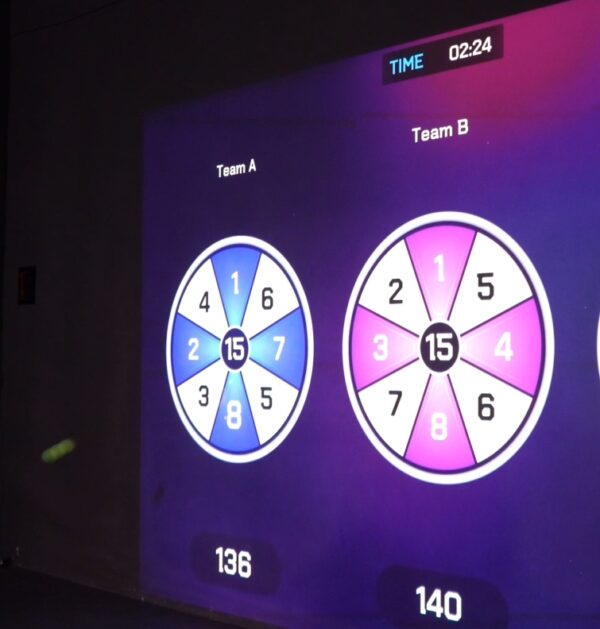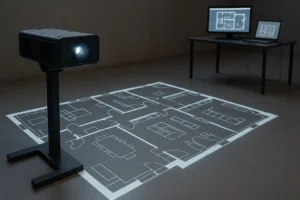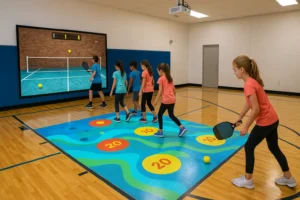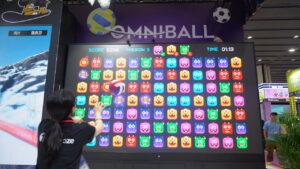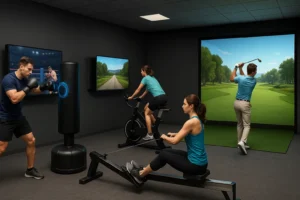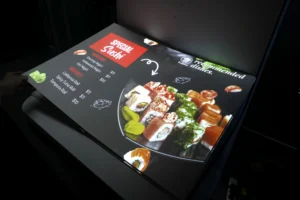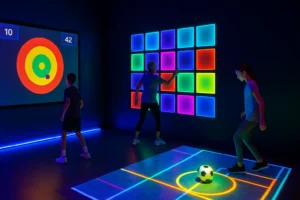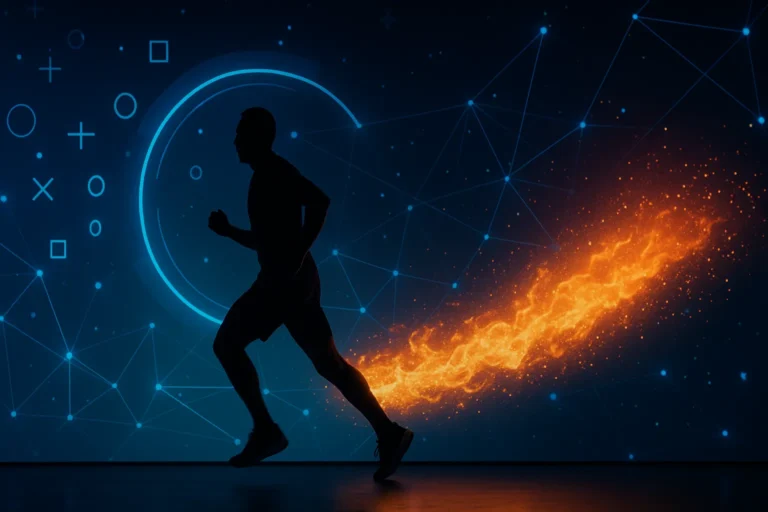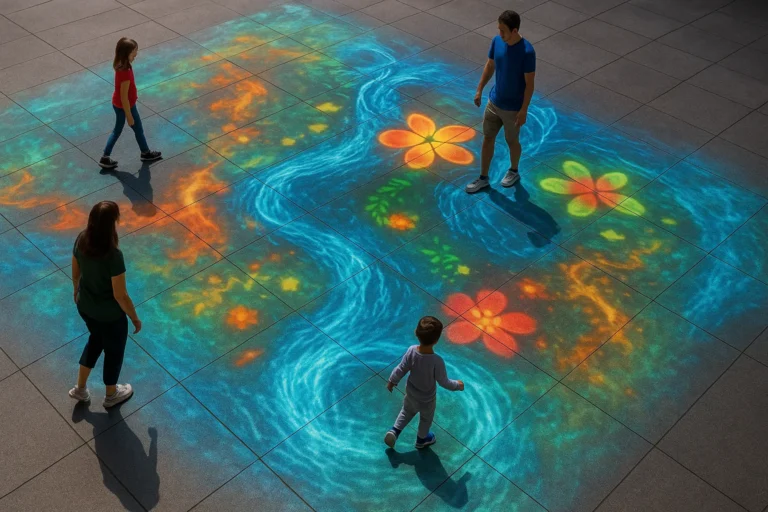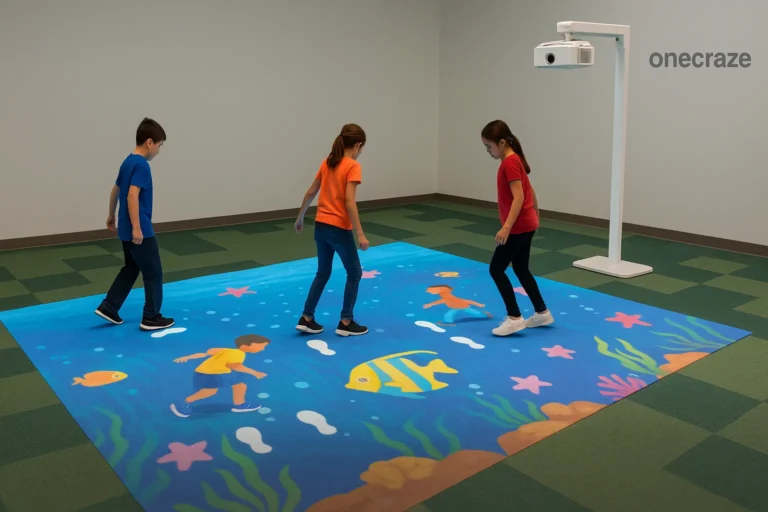Why the Indoor Tennis Simulator Is Becoming a Must-Have System 🎾
The rise of indoor tennis simulator is no coincidence. From home game rooms to commercial fitness centers, these advanced systems are in high demand. Why? They offer the best mix of tech-driven training, fun, and accessibility—rain or shine, season after season.
Comparing the Tools: What Devices and Interactive Projectors Work Best?
There are several components to consider when planning your indoor tennis simulator setup. Let’s break them down by type and functionality:
✅ Devices and Sensors
- Motion Capture Cameras: These track player movements and racket speed.
- Radar-Based Tracking Systems: Often used by professional players for ultra-precise ball tracking.
- Touch Sensors: Embedded in floors or rackets to gauge impact.
✅ Interactive Projectors
- Short-Throw Projectors: Ideal for limited spaces; project images directly onto a wall or screen.
- Laser Projectors: Offer sharper visuals and require less maintenance.
- Interactive Beamers: Enable touch interaction with the projected image, enhancing gameplay.
✅ Software Platforms
- Real-time Analysis Software: Provides live feedback on player performance.
- Game-Based Training Software: Combines drills with virtual challenges.
- AI Simulation Tools: Adjust difficulty levels automatically based on player performance.
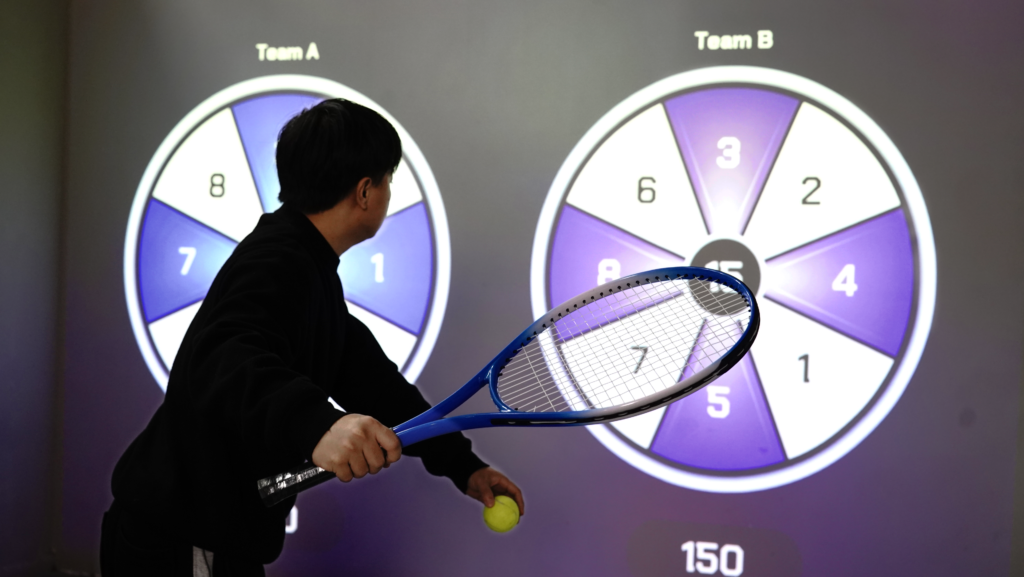
Pros and Cons: Tools, Projectors, and Installation Workflow 📊
Here’s a clear-cut comparison table to help you understand the trade-offs:
| Component | Advantages | Disadvantages |
|---|---|---|
| Motion Capture Cameras | Accurate body and racket tracking, great for form correction | Expensive, complex calibration |
| Radar Tracking Systems | Fast data processing, good for ball trajectory | High price, requires more physical space |
| Short-Throw Projectors | Space-saving, sharp image quality | Needs proper alignment, limited interactivity |
| Laser Projectors | Long-lasting, low maintenance | Higher initial cost |
| Interactive Beamers | Hands-free play, immersive experience | Limited to compatible software |
| Game-Based Software | Engaging, motivational for beginners | May lack detailed analytics for pros |
| AI Simulation Tools | Adapts to skill level automatically | Requires consistent software updates |
Real-World Scenarios: How to Choose the Right Installation Setup 🏠🏢
1. Home User (Compact Spaces)
- Goal: Entertainment + casual practice
- Recommended Setup: Short-throw projector + game-based training software
- Installation Tip: Use ceiling mounts to save floor space
2. Training Academies
- Goal: Technique correction + performance analytics
- Recommended Setup: Motion cameras + AI simulation software + laser projector
- Installation Tip: Integrate multiple camera angles for full body tracking
3. Commercial Gyms & Clubs
- Goal: Customer engagement + premium services
- Recommended Setup: Interactive projector + radar-based tracking system
- Installation Tip: Add voice-control or app-controlled options to scale access
It starts with assessing your space: ceiling height, room length, and lighting. Then comes hardware selection (projector, sensors), followed by software setup. Calibration is done using preloaded games and drills. The whole process typically takes 4–8 hours, depending on complexity.
Not necessarily. If you buy from onecraze, our kits come with step-by-step manuals and video tutorials. For commercial use, however, we recommend using our certified technicians.
Yes. Most indoor tennis simulator platforms we sell are modular. You can buy upgrades like new games, analytics modules, or switch projectors later without reinstalling everything.
Yes. Most systems support HDMI or wireless casting. Many even offer companion apps.


